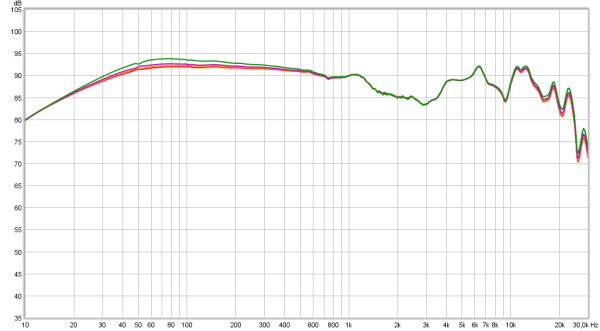This is another common confusion I see in headphone/speaker forums, if you know the harmonic distortion levels of headphone or speaker, you automatically know the IMD levels too. Both harmonic and inharmonic distortion comes from same reason, the driver as a piston is not in precise position its supposed to be.
As the driver goes further, the restoring force pulling it back is higher so the error in position is bigger. Now if you have headphone with 1% THD at 100hz and lets say 0.01% THD at 7200hz, becose the driver excursion is much higher at the 100hz, the poor 7200hz that would otherwise be clean will be riding on top of the 100hz driver motion and pushed into the highly non-linear region, thus making it highly distorted too. And since this is time variable, depending on at what phase of the 100hz cycle the driver is at, it will create time variable distortion of the 7400hz sine, thus creating inter modulation tones
Its like waterfall plot and freqency/phase response graphs. If you know the frequency and phase response of a headphone, you can predict exactly how will fast will it decay across the spectrum in waterfall plot.


